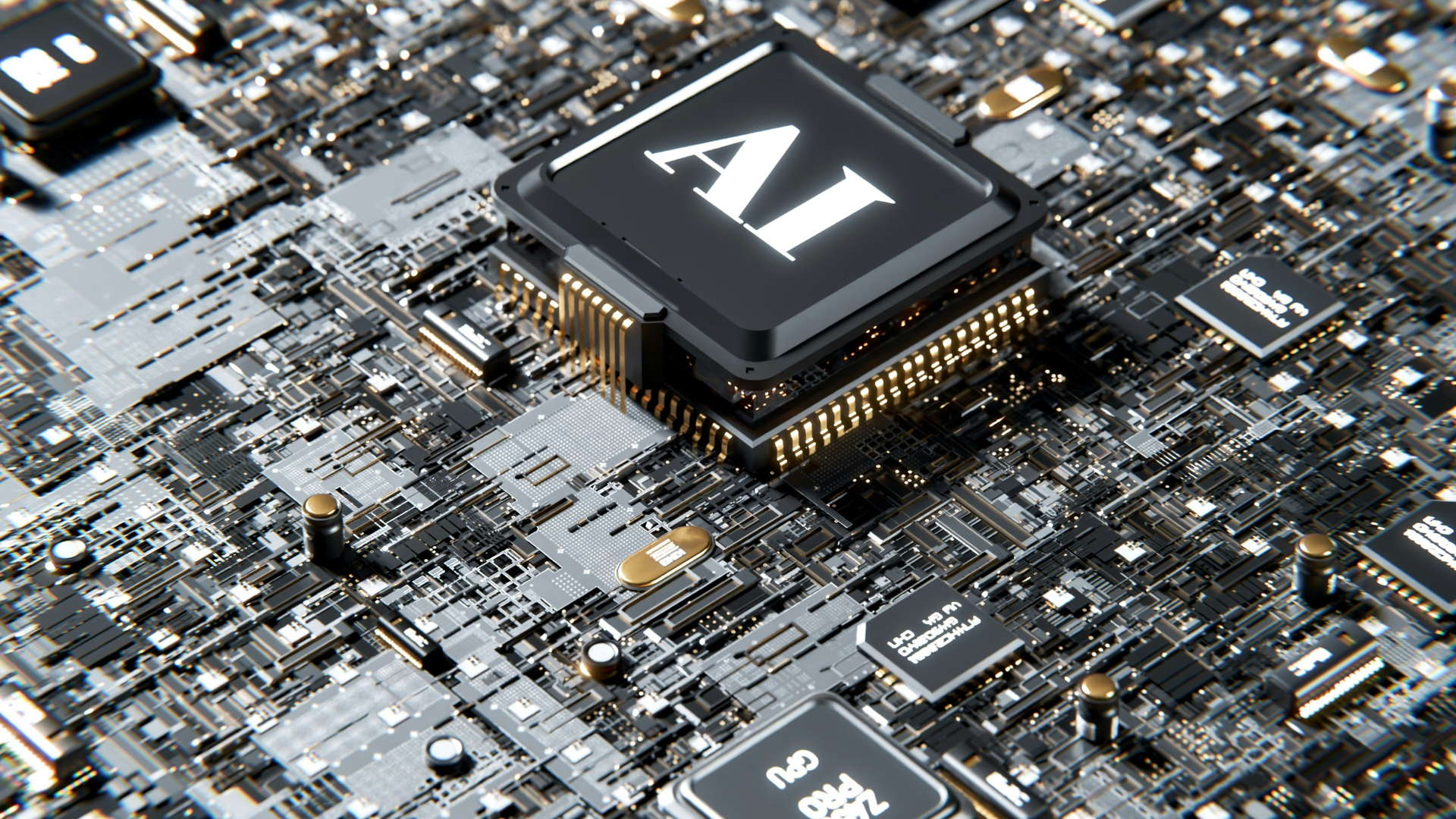Why does AI require high-bandwidth Wireless Communication? Understanding Through 1 Use Case
AI applications often involve the transmission of large volumes of data, real-time processing, and the connection of numerous sensing devices. These demands require a high-speed, stable network capable of supporting many devices simultaneously. As a result, high-bandwidth wireless communication is crucial to the advancement of AI technology. This article explores why AI relies on high-bandwidth wireless communication and provides the use case of autonomous driving to help you better understand it.

Why Does AI Need High-Bandwidth Wireless Communication?
In AI applications, processing large amounts of data from user devices, sensors, cameras, and IoT devices is common. High-bandwidth wireless networks facilitate the rapid transmission of this data, support numerous simultaneous connections of these IoT devices, and minimize latency. This ensures that AI systems can promptly receive and process information. Consequently, high-bandwidth wireless networks are essential infrastructure for effective AI implementation.
Edge Computing
As the demand for AI computing increases, edge computing is becoming increasingly important. High-bandwidth wireless communication can also effectively support rapid data exchange between these edge devices and the cloud, thereby improving system efficiency and response speed.
Use Case: High-Bandwidth Wireless Communication in Autonomous Driving
Next, we will use the autonomous driving use case to explain why AI needs high-bandwidth wireless communication.

Autonomous vehicles rely heavily on AI to navigate, detect obstacles, and make real-time decisions. These vehicles are equipped with numerous sensors, cameras, and radar systems that generate terabytes of data. High-bandwidth communication is essential for real-time data transfer, ensuring that data from various sensors is transmitted to the AI system with low latency.
Remote monitoring and updates facilitate over-the-air updates and remote diagnostics, ensuring the vehicle’s AI system is always up-to-date and functioning correctly. High-bandwidth wireless communication can provide network connectivity for these vehicles.
Vehicle-to-everything (V2X) is another key technology for autonomous driving. It enables vehicles to communicate with each other and with infrastructure (like traffic lights and road signs), improving safety and traffic management to minimize accidents and traffic jams. This involves a vast network of connected infrastructures, which high-bandwidth wireless communication can effectively support.
YTTEK’s Support in High Bandwidth Wireless Communication
High-bandwidth wireless communication technology is key to realizing AI applications, and YTTEK is at the forefront of supporting advancements in this field by providing R&D equipment. Our PluSDR SDR (Software-Defined Radio) platform, featuring up to 400MHz of high bandwidth, is a powerhouse designed for the research and development of high-bandwidth wireless systems. It can easily perform 5G NR and WiFi OTA (over-the-air) testing across a frequency band ranging from 10 MHz to 9 GHz.
Key Features of PluSDR (YTPC400)
- Highly flexible software-defined radio platform
- Supports a frequency band of 10 MHz to 9 GHz
- 400 MHz high bandwidth per channel
- Supports 5G NR, WiFi, and CCSDS (satellite communication) standards
Leveraging SDR’s high flexibility, the PluSDR SDR platform enables wireless researchers and system developers to rapidly prototype wireless communication systems and validate their concepts. This accelerates product development timelines and provides a competitive edge in the rapidly evolving fields of wireless communications and AI.

